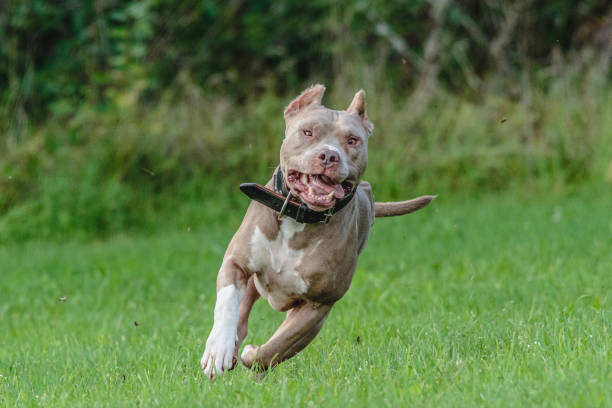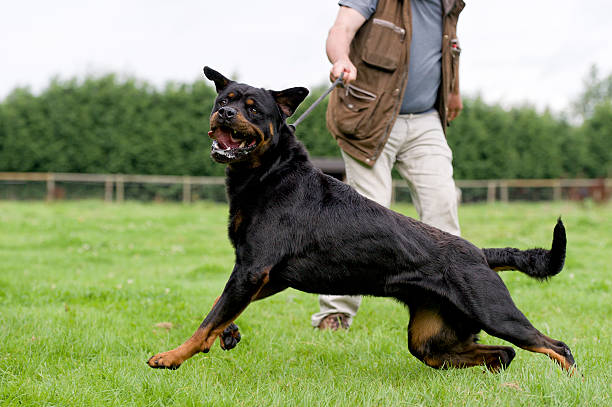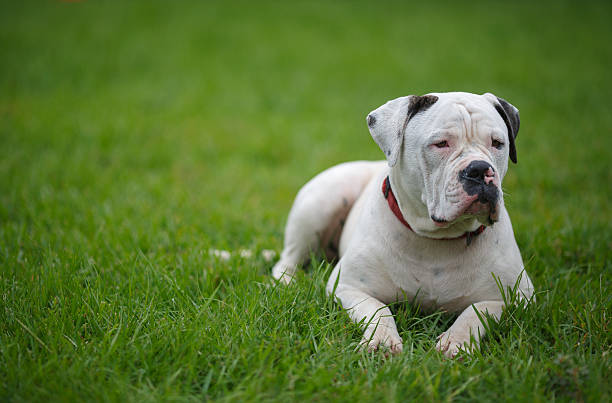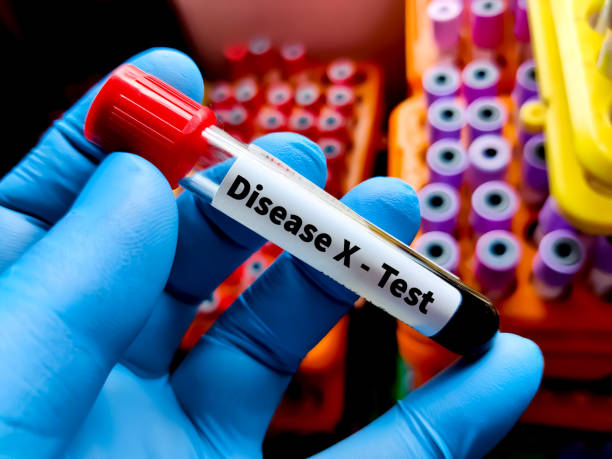Potentially Dangerous Dog Breeds: Understanding the Risks
An overview of breeds statistically linked to serious bites, emphasizing responsible ownership.

While it's impossible to definitively name the "top 6 most dangerous" dog breeds due to various factors like individual training, socialization, and owner behavior, certain breeds are statistically involved in more serious bite incidents and fatalities. This is often due to a combination of their size, strength, breeding history, and potential for aggression if not properly managed.
Based on available data and common discussions, here are 6 breeds (or types of breeds) often cited as being potentially dangerous:
-
Pit Bull Types (American Pit Bull Terrier, American Staffordshire Terrier, Staffordshire Bull Terrier, and mixes): This category consistently appears at the top of dog bite statistics for serious injuries and fatalities. Historically bred for bull-baiting and dogfighting, they possess immense strength, powerful jaws, and a tenacious grip. While many are loving family pets with responsible owners, their inherent capabilities can make them dangerous if poorly trained or socialized, or if bred for aggression.

2.Rottweiler: These are large, powerful dogs originally bred for herding and guarding. They are intelligent and loyal but can be territorial and protective of their families. Without proper socialization and training, their strength and guarding instincts can lead to aggressive behavior towards strangers.

3.German Shepherd: Commonly used as police and military dogs due to their intelligence and trainability, German Shepherds are also known for their protective instincts. If not properly socialized and trained, their strong guarding tendencies and size can make them a risk.

4.American Bulldog: These are muscular and powerful working dogs. Historically used for farm work and guarding, they can be strong-willed and require consistent training and socialization. Their size and strength can make them potentially dangerous if not handled correctly.

5.Bullmastiff: Bred as guard dogs, Bullmastiffs are large and powerful. While often loyal to their families, their protective instincts and size can pose a risk if they are not well-socialized and trained from a young age.

6.Siberian Husky: Originally bred as sled dogs, Huskies are strong and have a high prey drive. While generally friendly, their independence and strong instincts to chase can lead to issues, especially with smaller animals. Some incidents of aggression towards humans, particularly children, have also been reported.

Important Considerations:
- Breed-Specific Legislation (BSL): Some regions have implemented BSL targeting certain breeds, particularly pit bull types, due to their perceived higher risk. This remains a controversial topic, with arguments against BSL focusing on responsible ownership rather than breed bans.
- Nature vs. Nurture: While certain breeds may have inherent traits that could contribute to dangerous behavior, the vast majority of a dog's temperament and behavior are shaped by training, socialization, and the environment provided by their owners.
- Responsible Ownership: Regardless of breed, proper training, early and ongoing socialization, secure containment, and responsible handling are crucial in preventing dog bites and ensuring the safety of both the dog and the community.
- Statistics Can Be Skewed: Bite statistics can be influenced by factors such as misidentification of breeds and the popularity of certain breeds in specific regions or among certain demographics.
It's crucial to remember that any dog can bite if provoked or mishandled. Focusing solely on breed as a predictor of danger is an oversimplification. Responsible ownership is the most significant factor in preventing dog bites.









































































































































































































